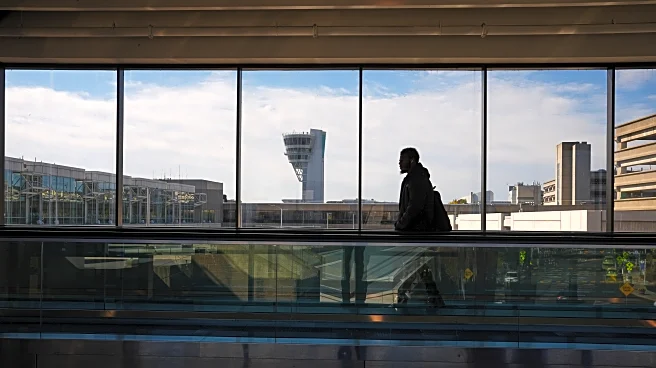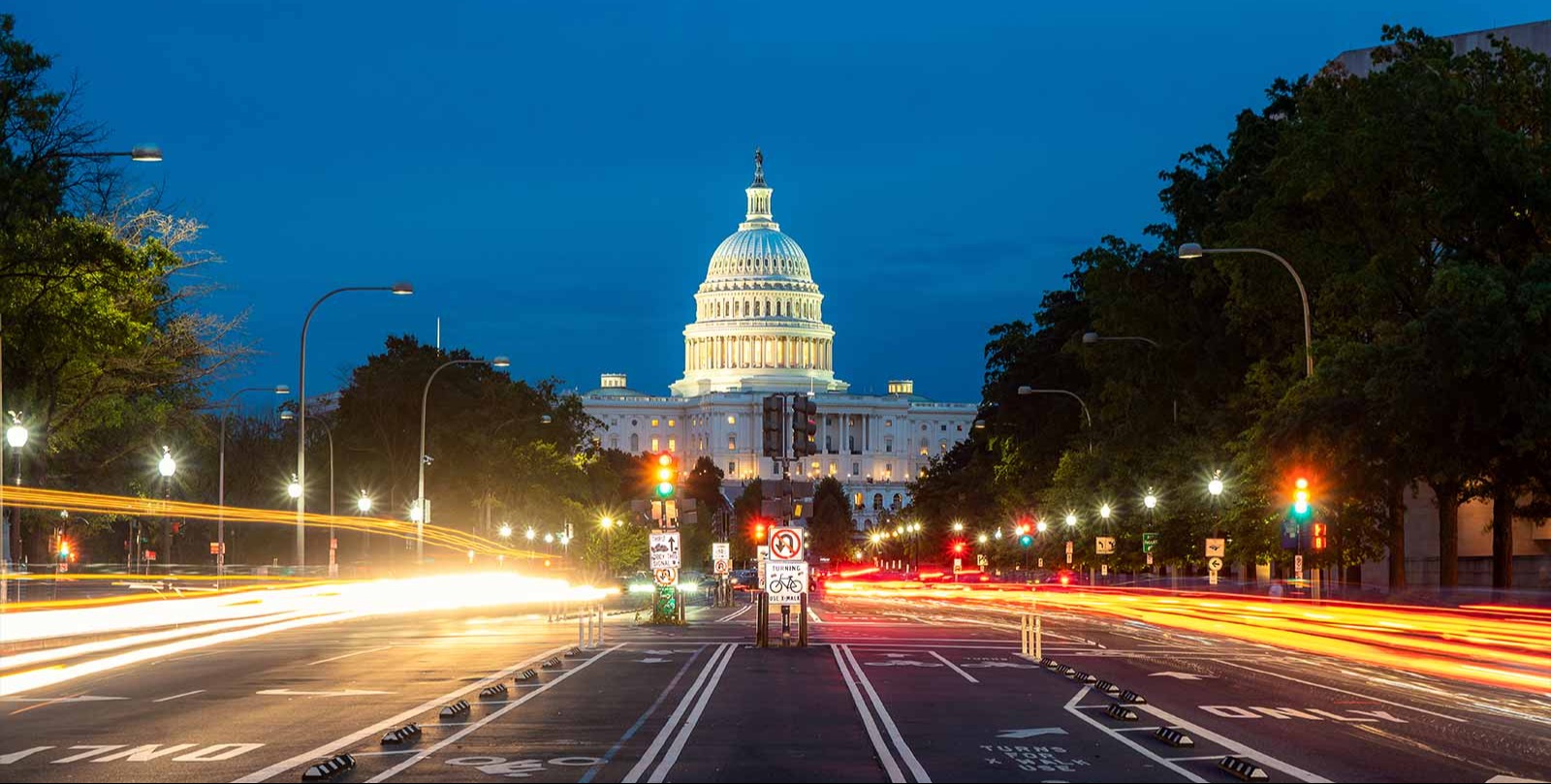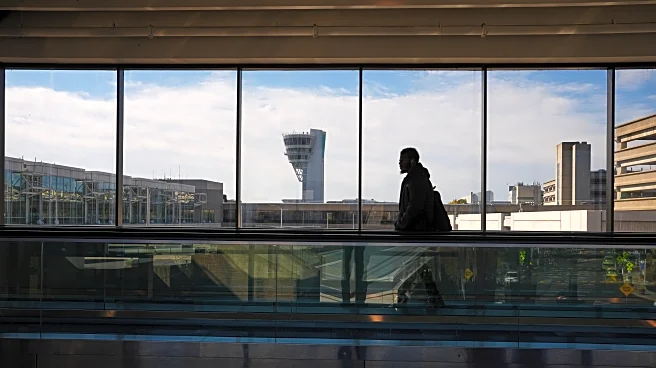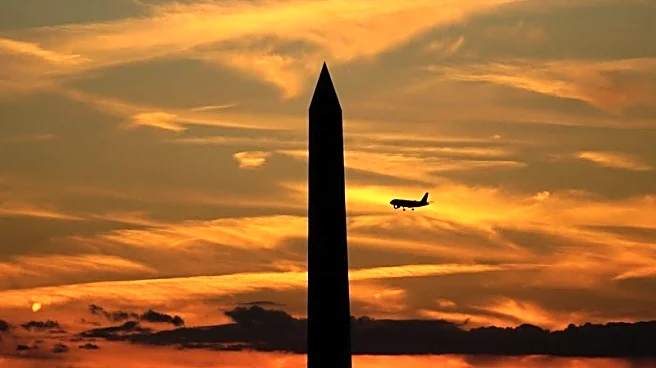What's Happening?
The Federal Aviation Administration (FAA) is preparing to implement a significant reduction in flight operations at 40 major U.S. airports due to ongoing safety concerns related to the current federal government shutdown. The plan, which is set to begin
with a 4% reduction on Friday, will escalate to a 10% reduction by next week. This decision comes as a response to the shortage of air traffic controllers, who, along with 50,000 Transportation Security Administration agents, are working without pay due to the shutdown. The FAA's plan will not affect international flights and will apply to domestic flights between 6 a.m. and 10 p.m. Airlines are currently adjusting their schedules and notifying passengers of potential disruptions. The FAA has also imposed restrictions on space launches and general aviation. The shutdown has already caused significant delays, affecting millions of travelers.
Why It's Important?
The FAA's decision to cut flights is a direct response to the operational challenges posed by the government shutdown, which is now the longest in U.S. history. This move highlights the critical role of federal employees in maintaining the safety and efficiency of the nation's air travel system. The reduction in flights is expected to have a substantial impact on airlines, potentially leading to financial losses and logistical challenges as they work to accommodate affected passengers. The situation underscores the broader economic and social implications of the shutdown, affecting not only government workers but also the private sector and the general public. The decision has prompted calls from lawmakers, such as Representative Rick Larsen, for the FAA to provide transparency regarding the safety assessments that led to this unprecedented action.
What's Next?
Airlines are awaiting a formal order from the FAA detailing the implementation of the flight cuts. There is potential for the FAA to adjust the reduction percentages based on ongoing assessments and feedback from airlines. The situation remains fluid, with airlines and passengers bracing for further disruptions. The FAA's actions may prompt increased pressure on lawmakers to resolve the shutdown and restore normal operations. Additionally, the agency may face scrutiny from Congress regarding the safety data and risk assessments that informed their decision.















